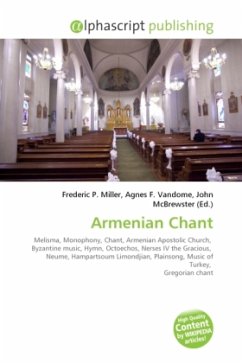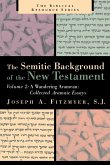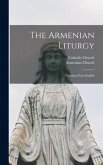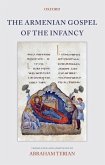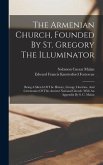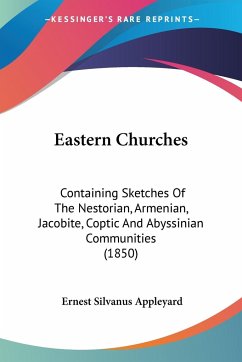Armenian chant is the melismatic monophonic chant used in the liturgy of the Armenian Apostolic Church. Armenian chant, like Byzantine chant, consists mainly of hymns. The chants are grouped in an oktoechos. The oldest hymns were in prose, but later versified hymns, such as those by Nerses Shnorhali, became more prominent. The official book of hymns, the sharakan, contains 1,166 hymns. The earliest surviving manuscripts with music notation date from the 14th century, and use a system of neumes known as Armenian neumes. These seem to use a developed system but have not been deciphered. In the 19th century a new notation, still in use, was instroduced by Hamparsum Limonciyan. Armenian chant is now sung to a precise rhythm, including specific rhythmic patterns which are atypical of plainsong. This is considered by some scholars (such as P. Aubry) to be a result of Turkish influence, although others (such as R. P. Decevrens) consider it to be of great antiquity and use it as evidencein favor of a more rhythmic interpretation of Gregorian chant.
Bitte wählen Sie Ihr Anliegen aus.
Rechnungen
Retourenschein anfordern
Bestellstatus
Storno

